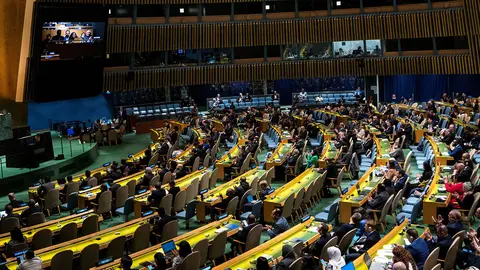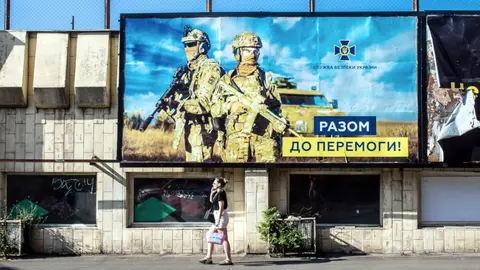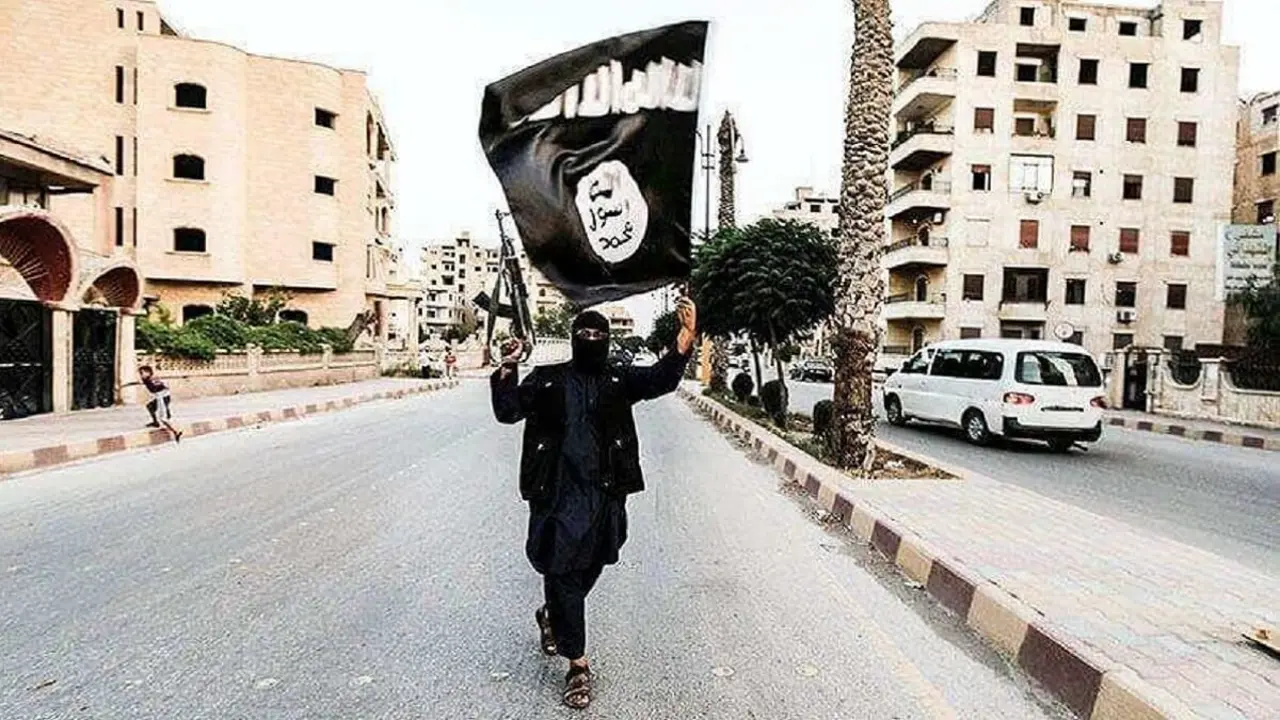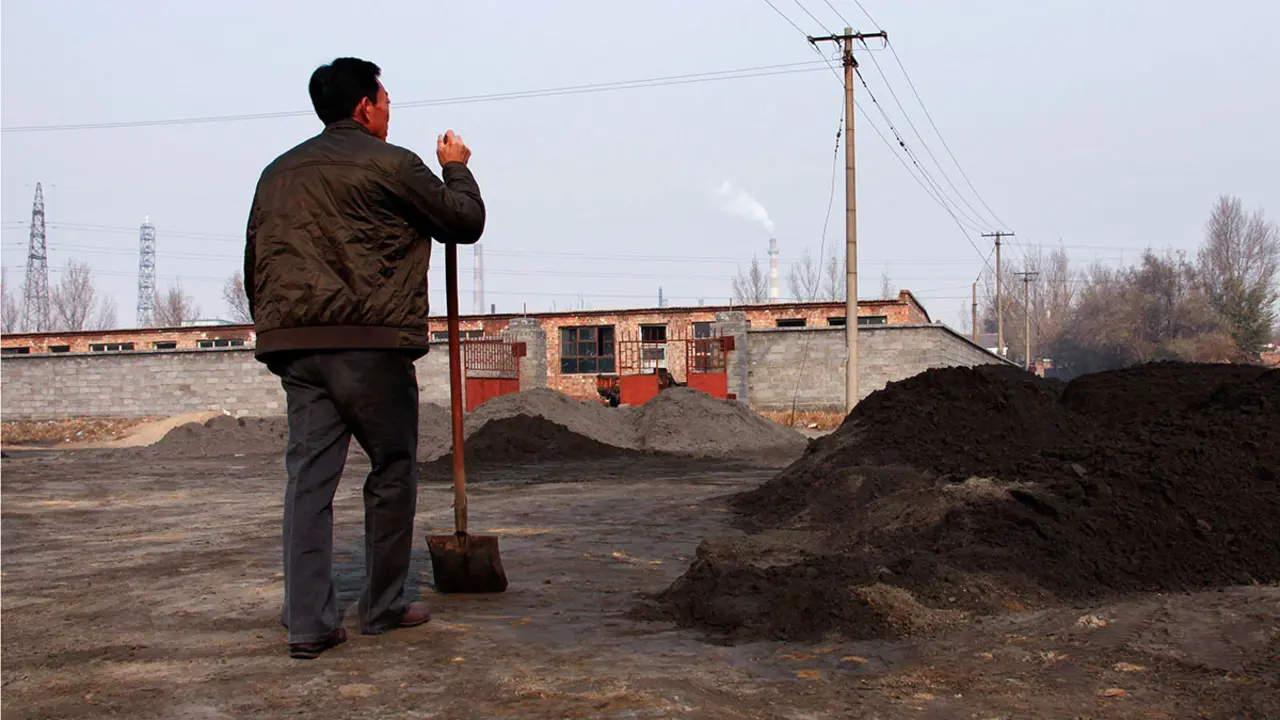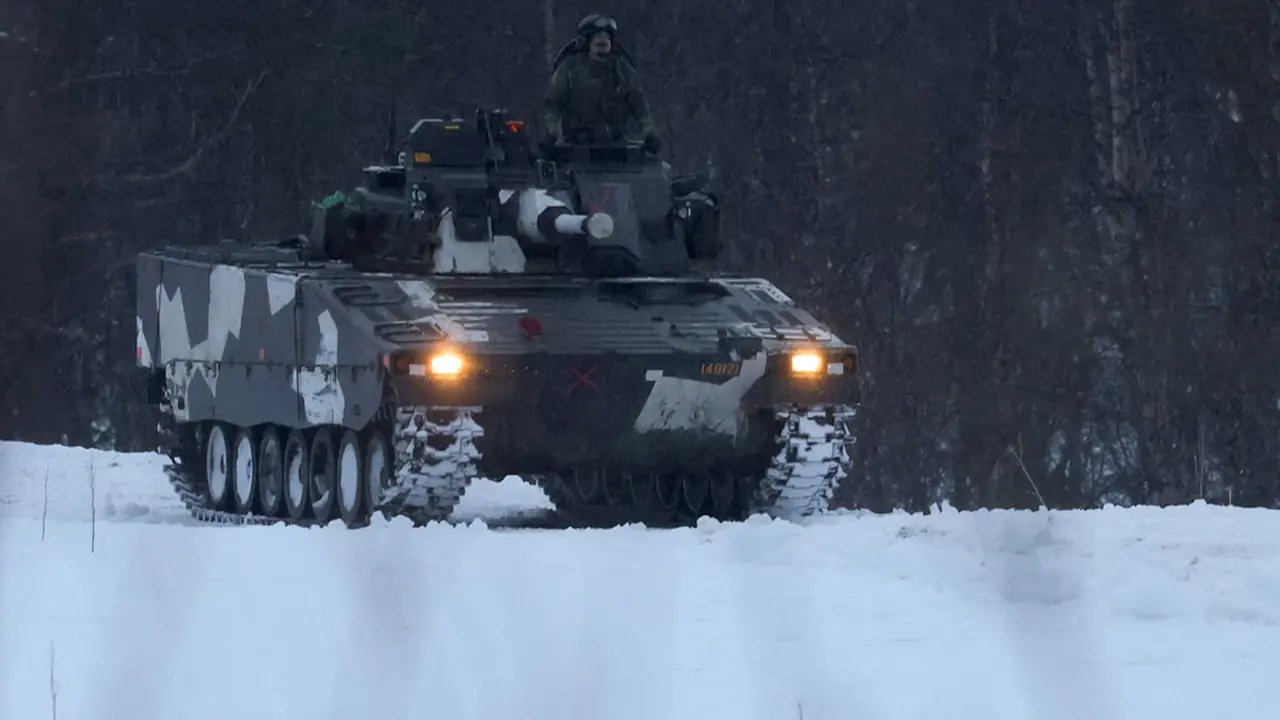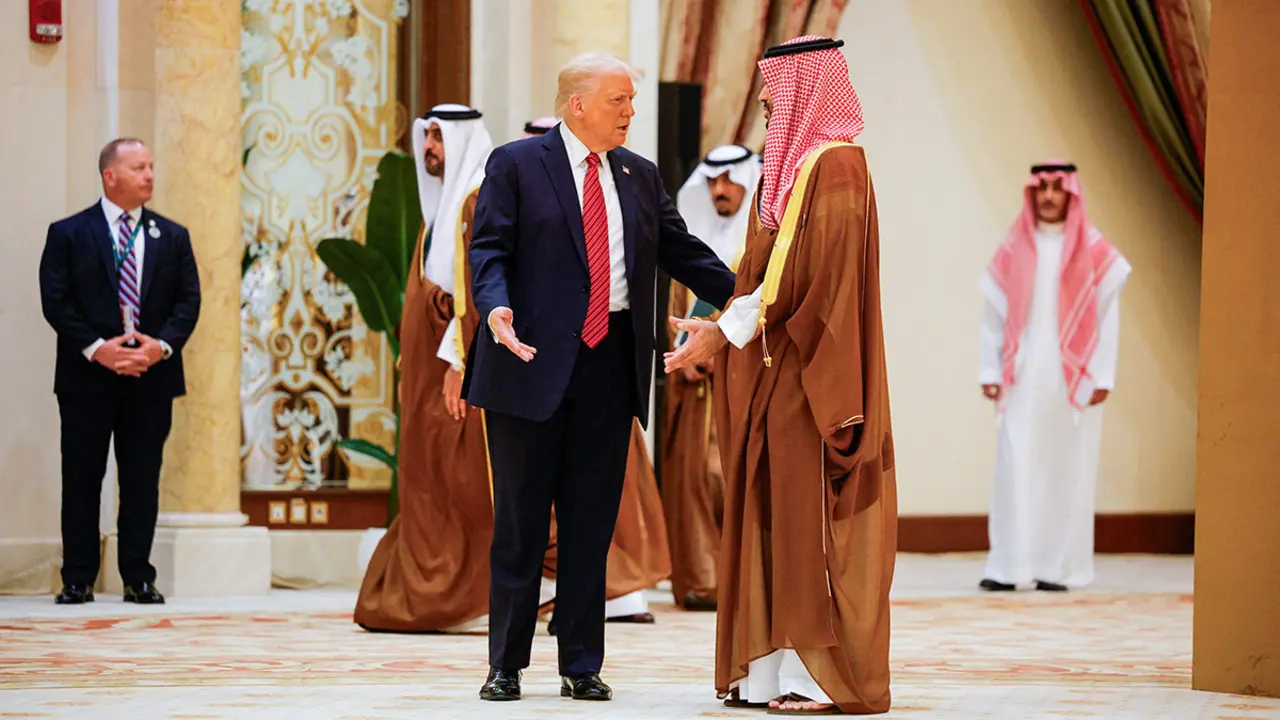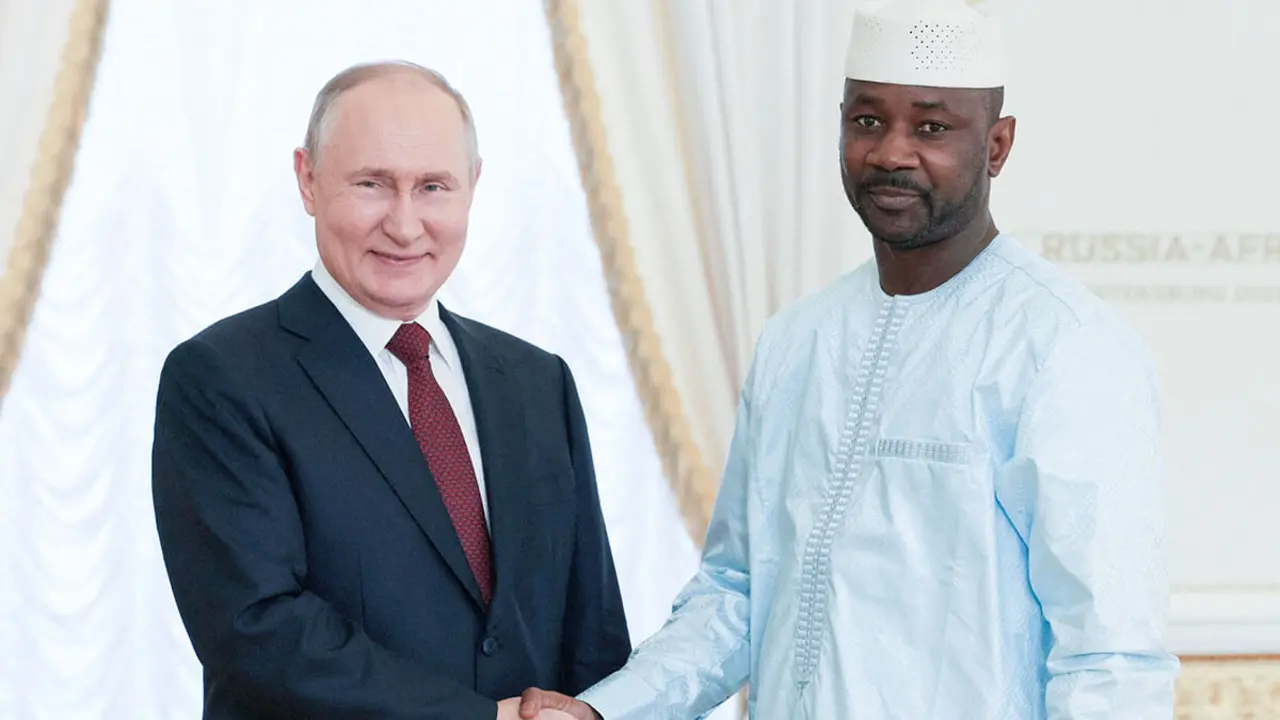Delving deeper into the grey area
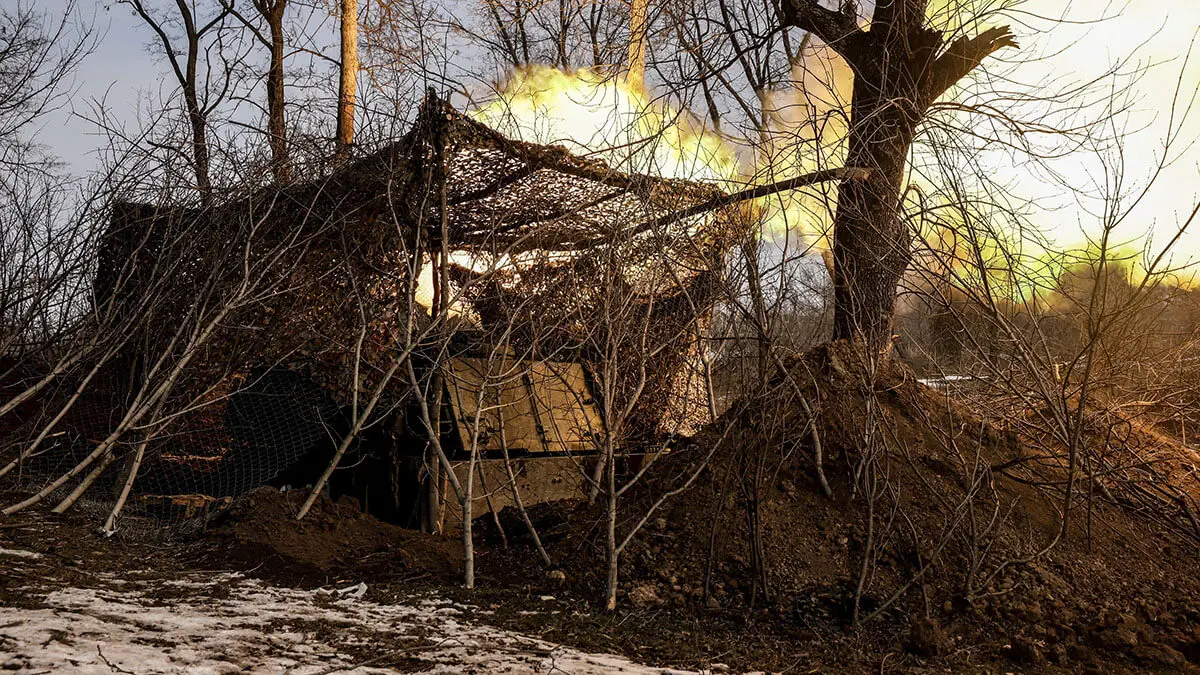
Conflict in the Grey Area
1. Introduction
Not long ago, we discussed the topic of what is known as ‘conflict in the grey area’ in this publication, using the European continent as a backdrop.
Recent events in our country have prompted us to revisit this issue in an attempt to shed some more light on it, not with the aim of fuelling conspiracy theories or supporting or refuting any account, whether official or from political or media contenders, although it is now difficult to distinguish between the two, but so that our readers have the broadest possible knowledge of this concept and can thus reach their own conclusions in the most reasoned way possible.
Initially, we can admit that the concept of ‘grey zone’ refers to an intermediate area between peace and open warfare, where actors, both state and non-state, employ a whole range of tactics, the main characteristic of which is ambiguity, either to achieve strategic objectives without triggering open military conflict, or to prepare the ground so that when conflict does break out, it is as limited as possible, minimising both casualties and destruction.
Another defining feature of this approach is the constant search for vulnerabilities that allow legal, political and operational loopholes to be exploited within the existing international order. All this is done with one aim in mind: to achieve what is known as ‘plausible denial’, which we will explain in more detail later.
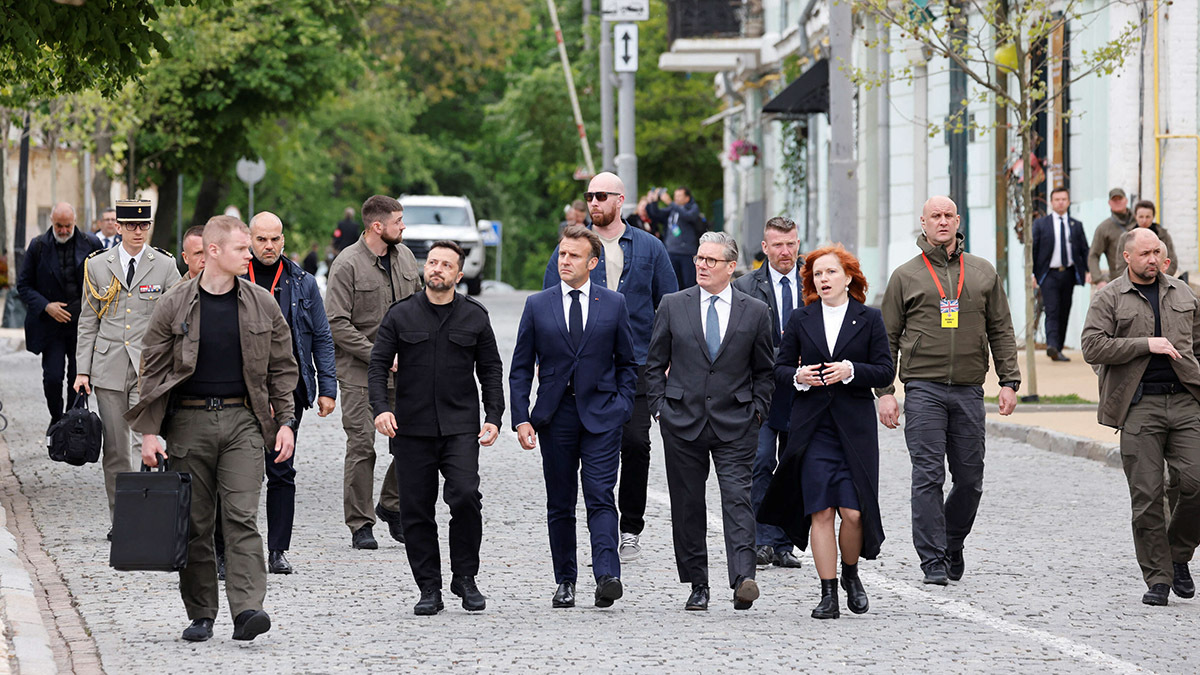
2. Theoretical basis
The concept of the ‘grey zone’ is used to describe an environment where coercive actions are carried out that do not reach the legal or political threshold that defines conventional warfare, either because their effects are limited, because their attribution is complicated, or because they are carried out in domains such as cyberspace, where a clear legal framework for conflicts has not yet been established, unlike for ‘conventional’ conflicts.
The term began to gain popularity in the 2000s, although it gained relevance in the wake of what became known as the ‘Gerasimov Doctrine,’ the birth of the concept of hybrid warfare, and the spread of conflicts to other domains such as the cognitive and cyber domains. In relation to the ‘Gerasimov Doctrine’, and without going into further detail, as the document itself is the result of much discussion and controversy, it is important to emphasise the part of his theory in which he argues that the natural state of nations is the ‘state of war’ and that this must be carried out, and in fact is carried out, using all means available to the state, extending it to all domains, considering the military aspect of war to be just one more, which in many cases is not even the most relevant or decisive.
What characteristics define conflicts in the grey zone? Among the main ones we can list the following:
- Strategic ambiguity: this means that the actions carried out cannot be clearly considered acts of war, but at the same time they are not harmless or peaceful.
- Plausible denial: this is one of the main characteristics. It is based on the practical impossibility of attributing actions to a specific actor, in this case a state. However, this difficulty in attribution does not mean that those suffering the attacks cannot identify the source; in fact, in many cases, this is precisely the point, that even if the perpetrator is known, attribution is almost impossible. To this end, a variety of methods are used, with the use of criminal groups, activists, etc. being very common, especially for actions in the cyber domain. As in other domains, PMCs (Private Military Companies), proxies, or terrorist groups are used.
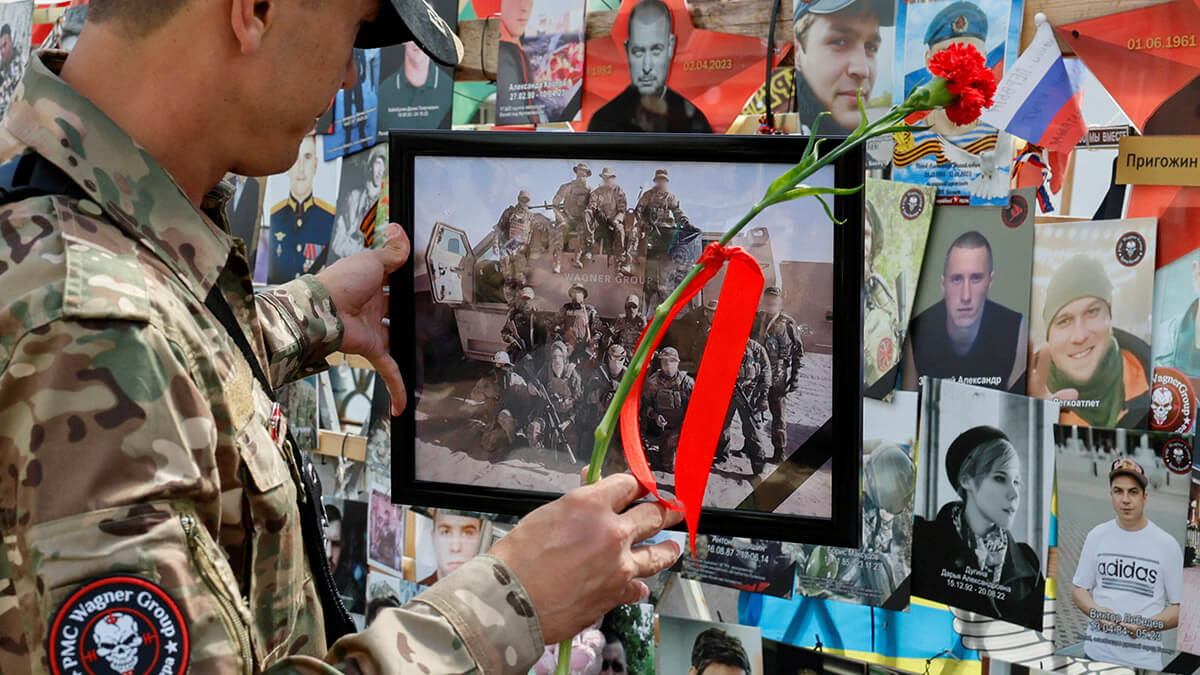
- Multidomain: actions are carried out in all possible domains and areas. All kinds of tools are used to cause destabilisation, whether political, through the financing and empowerment of groups of all kinds that foment social division or promote the separation or independence of part of the target state; economic tools that affect the financial or economic system with repercussions on society; dissemination of disinformation campaigns and, of course, cyber attacks of all kinds and varying severity that gradually sow unrest and undermine society's confidence, leading it to a situation of despair, weariness or even chaos that triggers social unrest.
- Long-term objectives: in general, actions in the grey zone seek to achieve medium- to long-term objectives, influencing the balance of power, weakening the target in every possible way and preparing it so that when the moment of direct military confrontation arrives, it is not in an optimal condition to carry out an orderly defence or even that society is at a point where it does not support military confrontation, even in self-defence.
It should be borne in mind that, even if the actions are carried out in a specific country, this may not be the real objective, but rather the aim may be to destabilise a supranational organisation or an alliance or coalition of states, targeting the member that, for various reasons, is considered the weakest or most influential, in such a way as to undermine the internal cohesion of that organisation or send a message to the other members of what may happen. This is what, using a cinematic analogy, we would call ‘the horse's head in the bed’.
Another important aspect is the importance of studying the target state itself and its specific vulnerabilities in actions in the grey zone. All areas are studied: political, territorial and social structure, internal historical problems, possible industrial and infrastructure weaknesses, etc. Anything that is susceptible to attack or influence in one way or another.
Among the tools used to achieve the ultimate goal, to name a few, are information operations, psychological operations, cyber attacks, targeting critical infrastructure or supplies, economic pressure or commercial coercion, support and encouragement of dissident movements of all kinds, insurgent or separatist groups, influence on internal political processes, international smear campaigns, etc.
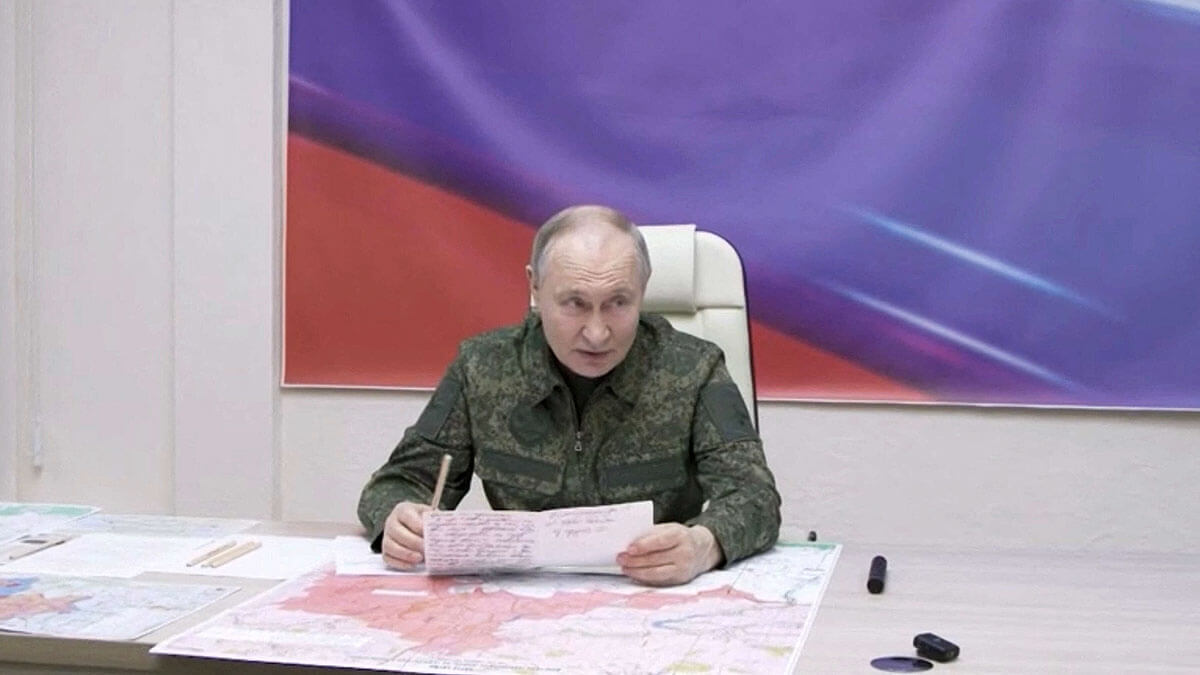
Among the real and recent examples of this type of operation in the grey zone, the most obvious is Russia's occupation of Crimea in 2014. Prior to the physical occupation of the territory by the so-called ‘little green men’, who were clearly Russian soldiers acting without any distinctive markings or insignia on their uniforms, cyber attacks targeting the electricity generation and distribution infrastructure took place throughout Ukraine over a period of several months. Pro-Russian separatist groups in the Donetsk and Luhansk oblasts in particular became more active thanks to external (Russian) funding, support and training. Information operations (INFOOPS) were unleashed in the media and especially on social networks, and there was clear manipulation of ethnic and linguistic sentiments among the population.
Other nations have also been targeted by Russia in this way, notably the attempts to interfere in the electoral processes in the United States and France through cyberattacks on political parties and electoral bodies, the use of bots and trolls on social media to polarise public opinion, and the dissemination of fake news and conspiracy theories.
Finally, to cite a different example, we have the actions carried out by China in the South China Sea. These are part of Beijing's claim to a huge area of the South China Sea, for which it has built artificial islands with military bases in waters that do not legally belong to it, without reaching open armed conflict. To this end, it has resorted to the construction of military infrastructure under the pretext of civil infrastructure. It has used its Coast Guard, maritime militias and even fishing groups to harass ships from other countries without resorting to the direct use of the Navy. In this way, clashes or attempted confrontations are always confined to the civilian sphere, or at least outside the military sphere, which would be difficult to justify an armed response by its victims.
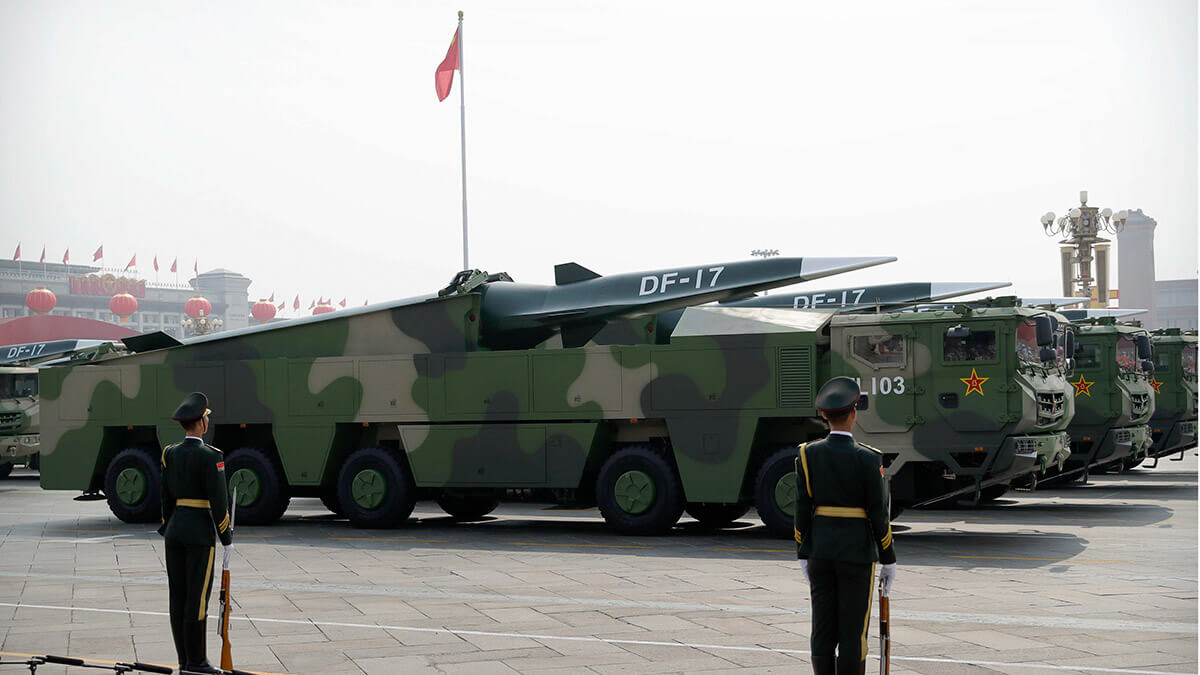
Actions in the grey zone exploit numerous legal loopholes in international law. It is not always clear when an action justifies a military response or sanction, which seriously limits the response capacity of the states concerned. Furthermore, it should be borne in mind that the list of countries with full capabilities to carry out such actions is very short.
This type of conflict poses an enormous challenge. Responding to actions in the grey zone requires multidimensional integration (intelligence, cybersecurity, diplomacy, economics), and traditional deterrence loses its effectiveness in the face of diffuse and unclear threats.
Conflicts in the grey zone represent an evolution of warfare in the 21st century, in which power is exercised in a covert, ambiguous and multidimensional manner. Adapting security doctrine, intelligence infrastructure and diplomatic channels to achieve early detection is key to addressing these threats without falling into provocations that escalate into open conflicts. Added to all this is the need for in-depth knowledge, through internal audits and ‘red team’ tests, of our own vulnerabilities in all areas, as well as the promotion of civic resilience.
And I think it is very appropriate to use again a cinematic simile that a good friend reminded me of a couple of days ago: ‘Once is chance, twice is coincidence, three times is enemy action.’ Goldfinger
A word to the wise...


